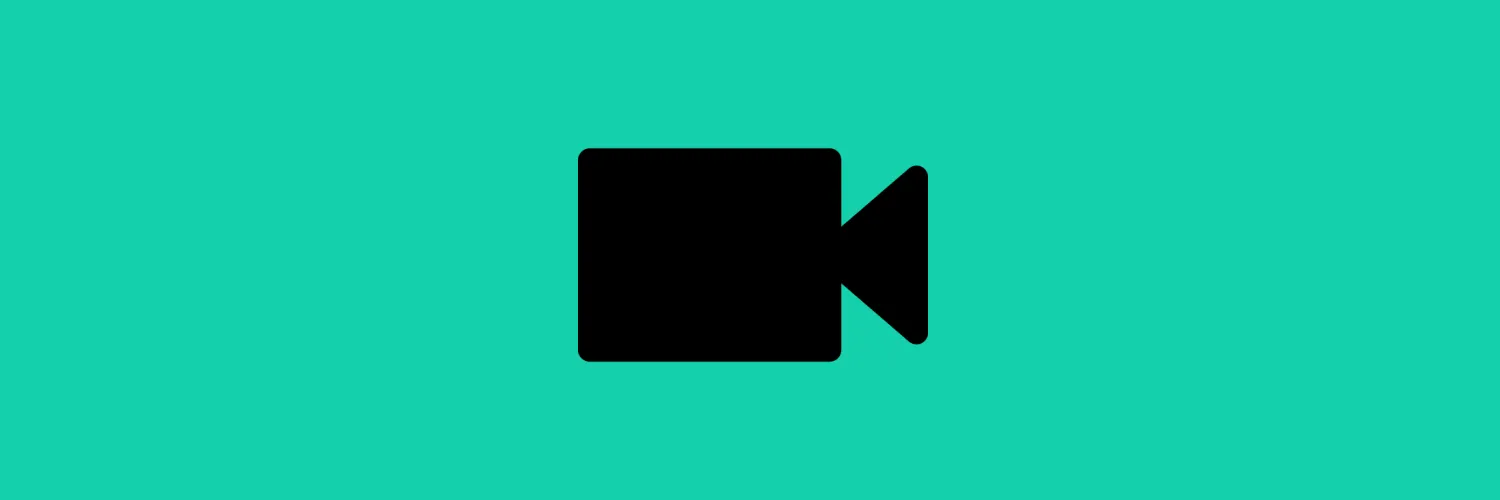1. Set Clear Objectives
Before your remote meeting begins, it’s crucial to establish clear objectives. This means knowing what you want to achieve by the end of the meeting. Clearly defined goals help keep the discussion focused and ensure all participants are on the same page. Use a structured agenda that outlines the main points to be covered, the expected outcomes, and the time allocated for each topic. This not only provides direction but also enhances accountability among team members.
2. Choose the Right Tools
Utilizing the right tools can significantly enhance the effectiveness of remote meetings. Platforms such as Zoom, Microsoft Teams, or Google Meet offer features like screen sharing, breakout rooms, and chat functions. Choose a platform that best suits your team's needs, ensuring it is user-friendly and accessible to all participants. Additionally, consider integrating collaboration tools like Trello or Asana to keep track of tasks and follow up on action items post-meeting.
3. Encourage Participation
Active participation is vital for the success of any remote meeting. Encourage all attendees to share their thoughts and ideas. You can achieve this by asking open-ended questions, assigning roles, or utilizing polls to gauge opinions. To foster a more inclusive atmosphere, consider using breakout rooms for smaller discussions, which can help quieter members feel more comfortable contributing. Engaging team members not only keeps the meeting dynamic but also enhances the quality of the outcomes.
4. Manage Time Efficiently
Time management is essential in remote meetings to ensure all agenda items are covered without overrunning the schedule. Assign a timekeeper to help monitor the discussion and keep the meeting on track. If certain topics require more in-depth discussion, consider scheduling follow-up meetings instead of extending the current one. This approach respects everyone’s time and maintains productivity. Use a visual timer or countdown clock to maintain awareness of time constraints during the meeting.
5. Follow Up with Meeting Minutes
After the meeting concludes, it’s vital to document the key points discussed and decisions made. Sending out meeting minutes helps reinforce accountability and ensures everyone is aware of their responsibilities moving forward. Include action items, deadlines, and responsible parties in the minutes. Sharing these notes promptly can also help reinforce the key takeaways from the meeting and ensure clarity among team members.
6. Foster a Positive Remote Culture
Creating a positive remote culture is essential for effective collaboration. Make it a point to acknowledge team achievements and milestones during meetings, as this fosters a sense of belonging and motivation. Encourage informal check-ins or 'coffee breaks' where team members can chat casually, thus strengthening relationships. Building rapport among team members can significantly enhance communication and collaboration in remote settings, making future meetings more productive.
7. Evaluate and Improve
Finally, regularly evaluate the effectiveness of your remote meetings. Solicit feedback from participants about what worked well and what could be improved. This can be done through surveys or informal conversations. Understanding the strengths and weaknesses of your meeting practices allows you to make necessary adjustments and continuously enhance the meeting experience. Implementing feedback shows your commitment to improvement and encourages ongoing participation.
Conclusion
By implementing these seven strategies for running effective remote meetings, teams can significantly improve collaboration and productivity. Setting clear objectives, choosing the right tools, encouraging participation, managing time efficiently, following up with meeting minutes, fostering a positive culture, and regularly evaluating your processes are essential steps to ensure successful remote collaboration. Embrace these practices to optimize your remote meetings and take your team's productivity to the next level.





